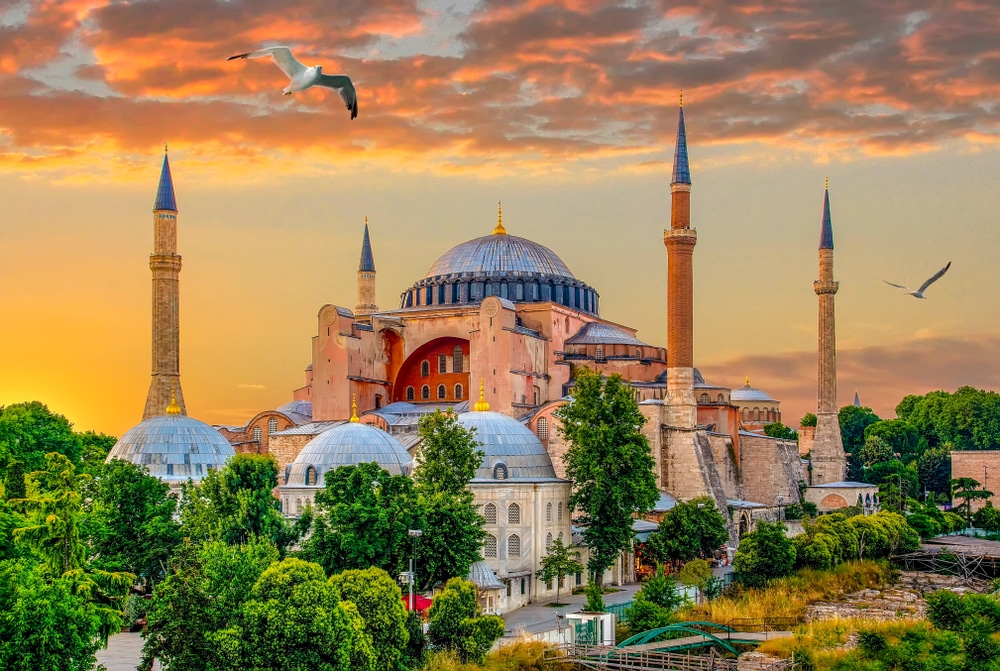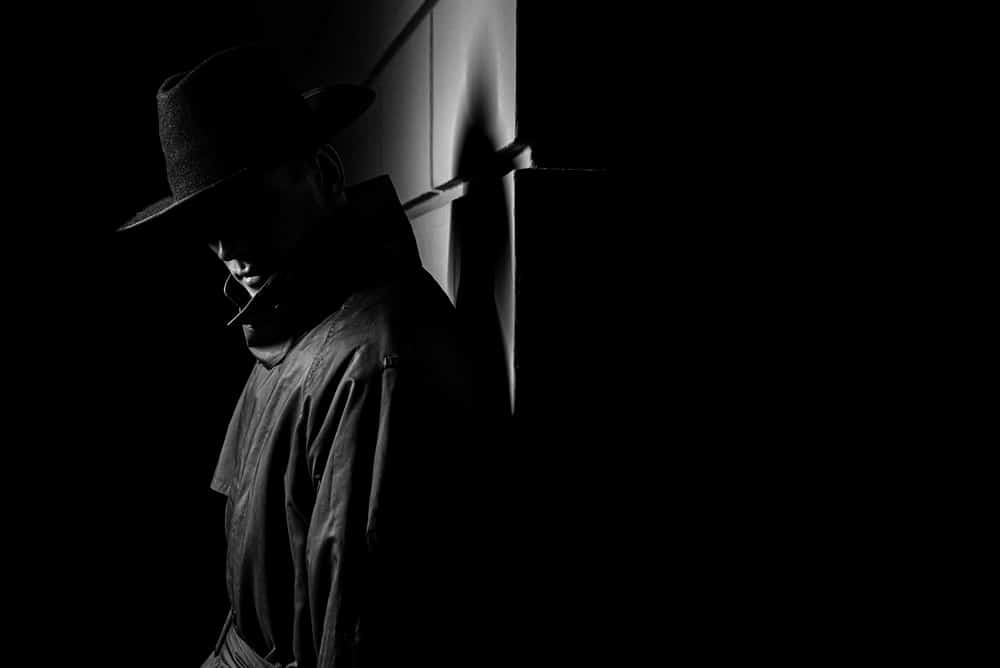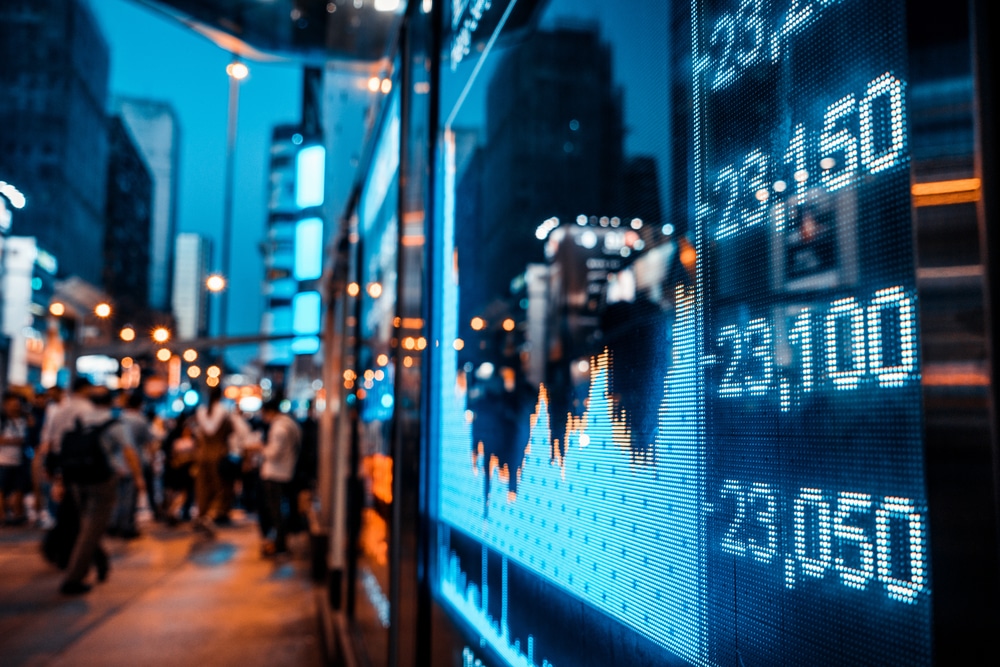Are you wondering how to get approved for housing voucher program? Our no-nonsense guide dives straight into eligibility requirements, necessary documentation, and application insights you need for successful approval. With focused, bite-sized information, expect to gain clear direction without getting lost in the details.
Understanding the Housing Choice Voucher Program
The Housing Choice Voucher Program is a powerful tool in the fight against poverty and homelessness. This federal program aims to assist families with very low incomes by helping them find safe, decent, and affordable privately owned rental housing through the use of housing choice vouchers. Participants are responsible for paying 30% of their monthly adjusted gross income towards rent and utilities while the program covers the remaining amount up to a specific limit.
One of this program’s greatest strengths is its flexibility, allowing participants to choose from a wide variety of suitable homes that meet all necessary requirements. The ultimate objective is providing eligible individuals and families with financial aid every month so they can secure stable shelter options and move into safer neighborhoods.
The Role of HUD and PHAs
The Department of Housing and Urban Development (HUD) oversees this initiative, providing federal funding while the local level is responsible for implementation. Local Public Housing Agencies (PHAs), acting as key players in the program, receive funds from HUD to manage housing vouchers and oversee operations at a community level.
Within federally established guidelines, PHAs have autonomy in determining which families will benefit from the program. They offer various services such as project-based vouchers that are tied to specific residential developments, and homeownership vouchers aimed at assisting with ongoing mortgage payments.
Types of Housing Covered
The voucher program allows for a variety of housing options, including single-family homes, townhouses and apartments. It is not limited to any specific type of housing and extends to both privately owned properties and subsidized projects.
To be eligible for the program, participants must ensure that their chosen housing meets certain criteria such as size, rent affordability and compliance with Housing Quality Standards (HQS). They have the choice between selecting new accommodation or remaining in their current home if it fulfills these requirements.
Eligibility Criteria for the Housing Voucher Program
In order to qualify for a spot in the Housing Choice Voucher Program, applicants must meet specific eligibility requirements. Local Public Housing Agencies (PHAs) are responsible for determining eligibility based on factors such as annual income and family size. The income threshold varies depending on where one lives, their family size, and other circumstances. Priority is typically given to those who fall under the extremely low-income limits.
Eligibility also takes into account an individual’s familial status – single individuals without children may still be eligible while those with documented disabilities could potentially receive preference or special accommodations. PHAs consider an applicant’s citizenship or eligible immigration status as well as any previous criminal history when making their determination.
Income Limits and Area Median Income
The eligibility criteria for the Housing Choice Voucher Program heavily relies on income limits, which are determined by the Area Median Income (AMI). This is equivalent to HUD’s estimations of Median Family Income (MFI) in cities and counties. When admitting families into housing voucher programs, Public Housing Agencies (PHAs) must ensure that their incomes fall between 50 percent and 80 percent of the AMI. At least three-quarters of new admissions should have an income equal or lower than 30 percent of the AMI.
To account for varying costs of living and household earnings in a specific region, these income limits are adjusted accordingly. Some areas with high rental prices may receive special adjustments while low-income regions or places with notably high or low family incomes could see variances from median family income calculations.
Family Status and Composition
Eligibility and voucher amounts are heavily influenced by the number of individuals in a family as well as their income. Typically, larger families have higher income limits for eligibility purposes. It is crucial to provide documentation that verifies both the size and composition of a family, as this can greatly impact their level of assistance.
Special rules also apply to households with disabled members. It is important to accurately list any live-in aides on the application and adhere to specific regulations. Applicants should ensure that the housing unit they plan on renting aligns with the amount of bedrooms allotted on their received voucher based on family size.
Citizenship and Immigration Status
The eligibility for the Housing Choice Voucher Program is determined by one’s citizenship and immigration status. The program allows assistance to be provided to:
- U.S. citizens who meet specific criteria set by HUD.
- Lawful Permanent Residents (LPRs)
- Refugees
- Asylees
Other eligible non-citizens must adhere to the Public Charge rule, which requires them to demonstrate self-sufficiency in order not lose their Section 8 housing benefits due to reliance on public assistance. Proof of eligibility from USCIS documentation is necessary.
Families that have both citizen and ineligible non-citizen members may receive prorated housing assistance depending on the number of qualified individuals within the household. Unfortunately, undocumented immigrants and those in transit are not able to receive support through this voucher program as they do not fit into its guidelines.
In summary, being a part of either group – lawfully residing citizens or other qualifying non-citizens – makes an individual potentially eligible for section 8 housing choice vouchers. All recipients still need follow some rules: avoid becoming reliant upon social services if possible and document accordingly via different means with governmental officials like you might find at United States Citizenship Immigration Services offices where papers also grant home choices fate under legal provisions ensuring certain semi-permanent residency here during search timeframes so long live dream state living!
Criminal Background and Eviction History
A person’s current eligibility for the Housing Choice Voucher Program can be impacted by their past, including criminal background and eviction history. Factors such as involvement in drug or criminal activity, manufacturing methamphetamine within subsidized housing areas, and present use of illegal substances may result in an immediate denial of a Section 8 application.
To determine an applicant’s eligibility for section 8 vouchers, HUD conducts Criminal Offender Registry (CORI) checks and requires Public Housing Authorities (PHAs) to screen both prior convictions and recent arrests from the last five years. If applicants are denied preference or priority status for voucher assistance based on their criminal record or previous evictions, they have the right to request a conference to appeal this decision.
Preparing Your Application
The key to a successful application for the Housing Choice Voucher Program is careful preparation. The process starts with contacting your nearby Public Housing Agency. It’s important to note that even students in college may be eligible for Section 8 housing benefits, as long as they meet specific criteria or exceptions.
Accurate and thorough completion of the housing choice voucher application is crucial. Any missing or incorrect information could result in denial of the application. It is essential to double-check all details provided on the form and make sure they are current and accurate.
Required Documents
The process of applying for the Housing Choice Voucher Program is similar to other application processes in that it relies heavily on documentation. Those interested must provide evidence of their income, which may include a series of recent paychecks, an official statement notarized by a witness, letters from Social Security indicating benefits received, bank statements from within the last month or two as well as forms confirming any child support payments made. Applicants who receive Food Stamps or Temporary Assistance for Needy Families should also submit award letters if applicable.
Apart from verifying income sources and amounts to determine eligibility and level of assistance provided through this housing program, confirmation documents establishing family size are equally vital. Proof of citizenship status or acceptable immigration standing along with verification papers such as utility bills can demonstrate residency at your current address all need to be ready when filling out applications pertaining to The Housing Choice Voucher Program.
Tips for Completing the Application
Completing the application requires a meticulous approach. It is important to be honest and provide accurate information in order to avoid any delays or rejections. Make sure to carefully read through all sections of the application, including the fine print, so that you understand what is required and its potential consequences.
When filling out your application, it is crucial that you check off the appropriate priority boxes as this directly impacts how it will be evaluated. Remember not to overlook even small details as they can greatly affect your chances of being approved for whatever you are applying for.
Navigating the Waiting List
Once your application for the Housing Choice Voucher Program has been approved, you will need to navigate the waiting list. This is a list of all individuals and families who have been approved for vouchers but are currently on hold until an available spot opens up. Public Housing Agencies (PHAs) can choose to close their waiting lists at any time if necessary.
The amount of time one must wait varies greatly and can sometimes last several years. PHAs use this waiting list as a way to prioritize applicants and may establish certain preferences when selecting from it. In some cases where the waiting lists are closed, states may conduct lottery drawings in order to determine placement of new applicants. To increase chances of obtaining affordable housing through this program, it’s recommended that individuals apply at multiple locations.
In order to check their position on a particular public housing agency’s waitlist, applicants should contact them directly or search online if possible. It’s important for potential beneficiaries of this voucher program not to give up hope even though they might face long waits before being granted access to affordable housing options through these crucial public resources.
How the Waiting List Works
The waiting list structure has been carefully designed to prioritize those in urgent need. Public Housing Authorities give preference to low income families based on their level of income, with extremely low-income households being prioritized first followed by very low-income and then low-income families. Special consideration may be given to elderly individuals (aged 62 and older) or disabled persons who are experiencing worsening living conditions due to their disability.
Preferences offered by federally funded housing programs like Section 8 can vary depending on the discretion of housing agencies or landlords. Applicants who meet certain priority criteria have the opportunity for a quicker move up the waiting list and it is crucial that they inform housing authorities if there are any changes in their situation which could potentially make them eligible for these preferences.
In order to improve their chances of receiving a coveted housing choice voucher, applicants can apply simultaneously at multiple Public Housing Authorities thus increasing their presence on various waiting lists at once.
Staying Informed and Active
During the period of time that you are on the waiting list for Section 8, it is important to be active and well-informed. To navigate this process smoothly, here are some useful tips.
- Keep thorough records of all your interactions with both PHA (Public Housing Agency) and HUD (Department of Housing and Urban Development).
- Respond promptly to any communications from these organizations in order to avoid misunderstandings or complications.
- Regularly update the PHA about any changes in household members or income since this information plays a crucial role in determining an applicant’s position on the waiting list.
Following these guidelines will help keep you organized while increasing your chances of securing a place under the Section 8 housing program.
Stay involved throughout the voucher application process by taking part in support groups or online communities focused on providing guidance and sharing personal experiences related to section 8 benefits.
Also, remember that being patient is key when dealing with lengthy waitlists for section 8 assistance programs. If at any point during this time frame, you become eligible for preferences such as special circumstances like disability, make sure to notify authorities immediately because it could potentially move up higher on the waitlist.
Making the Most of Your Housing Voucher
Once a housing voucher has been obtained, the main objective is to make the most of its benefits. Recipients of a housing choice voucher must adhere to program requirements, pay rent promptly and keep their unit in good condition. They are also responsible for informing the PHA (Public Housing Authority) about any changes in their circumstances.
To utilize a housing choice voucher, recipients need to first find a landlord who is willing to accept it as partial payment for rent and enter into an agreement known as the “housing assistance payments contract”. If at any point during their tenancy, they start earning enough income that allows them to afford market rate rent without financial aid from this program. They will no longer be eligible for Section 8 Housing Choice Voucher Program benefits. Every month thereafter, the PHA directly makes these assistance payments on behalf of tenants by paying landlords while renters cover whatever amount remains uncovered by the voucher themselves.
Selecting Suitable Housing
It is a crucial step for those with Section 8 vouchers to carefully select suitable housing. Before approving the voucher, PHAs thoroughly inspect and verify that the unit meets all Housing Quality Standards and has reasonable rent compared to similar units in the area. With this program, individuals have flexibility in choosing their desired location within the United States as long as they abide by its requirements.
Tenants utilizing Section 8 should take into consideration factors such as size and type of housing when selecting a unit that best accommodates their family’s needs. It is essential to ensure access to necessary services like transportation, education facilities, and healthcare before finalizing a choice on which property suits them most appropriately. In some situations, holders may even be able to use their voucher towards purchasing instead of renting under specific conditions.
Tenant Responsibilities
As a recipient of a housing voucher, there are certain duties and expectations that tenants must meet. These include following the terms outlined in the lease agreement, ensuring timely payment of rent (including any amount not covered by the voucher), and allowing for regular inspections to maintain health and safety standards.
It is ultimately up to the tenant to fulfill these responsibilities. Failure to do so can result in disqualification from the program if found engaging in illegal activities or fraudulent behavior, causing damage, or exhibiting threatening behavior towards others. Maintaining open communication with landlords about one’s status as a housing voucher holder is crucial. Previous landlords may be contacted for verification of reliability and adherence to rules.
Overall, it should be understood that receiving a housing voucher comes with obligations on behalf of both tenants and landlords alike. By fulfilling their end of this partnership through compliance with regulations set forth by authorities responsible for administering such programs while communicating effectively, will help ensure continued eligibility under these beneficial arrangements.
Alternative Housing Assistance Programs
To the Housing Choice Voucher Program, there are other options available for those seeking housing assistance. Public housing offers affordable apartments specifically designed for low-income families, senior citizens and individuals with disabilities.
Another alternative is Low Income Housing Tax Credit (LIHTC) properties which offer reduced rental rates to eligible low-income tenants as an alternative to Section 8 vouchers. Certain states also have different programs that assist in locating affordable rentals, specialized housing accommodations and aid with utility costs. It’s important to find the most suitable assistance program tailored to your specific needs.










